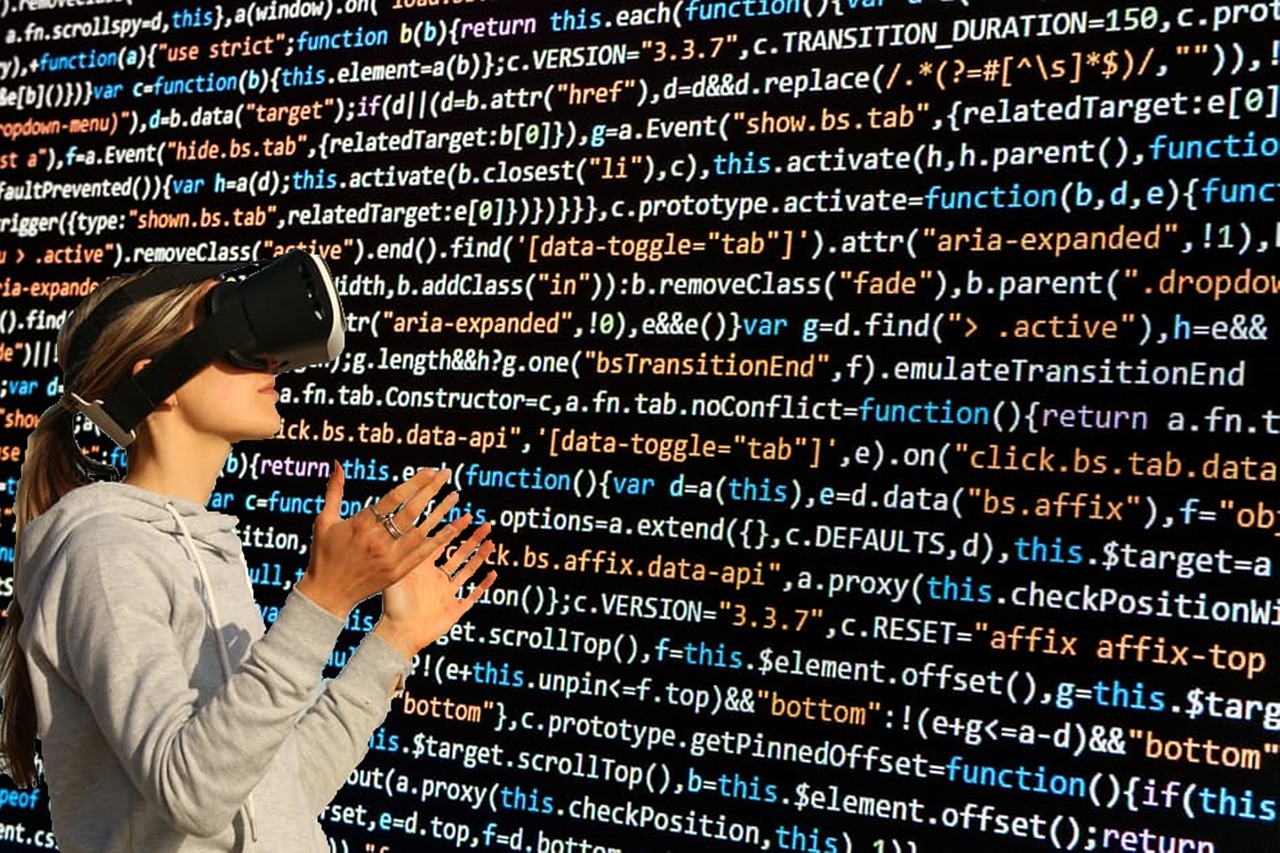WHAT IS VIRTUAL REALITY?
Virtual Reality (VR) is a computer-generated environment with realistic-looking images and objects that give the user the feeling wholly immersed in their surroundings. This world is seen via the use of a Virtual Reality headset or helmet. We may use virtual reality to engage ourselves in video games as if we were one of the characters, learn how to do heart surgery, and enhance the quality of sports training to boost performance.
Although it seems to be quite futuristic, its roots are not as recent as we would assume. Many people believe that Sensorama, a machine with a built-in seat that played 3D movies, emitted odors, and produced vibrations to make the experience as realistic as possible, was one of the earliest Virtual Reality gadgets. The idea was first proposed in the mid-1950s. Over the years, further technical and software advancements resulted in a gradual change in both device and interface design.
Benefits of Virtual Reality
Diagnostics
For both in-person visits and telehealth conversations via an internet connection, virtual reality may promote a stronger physician-patient relationship. Using virtual reality technology, physicians may more fully explain a diagnosis during in-person visits by viewing X-rays and other medical imaging engagingly directly with the patient. Physicians may use virtual reality technology to discuss a medical problem more interestingly and understandably.
Because virtual imaging provides a more comprehensive view of medical requirements and history to both patients and doctors, it may also offer more accurate and better patient medical records. Physicians may also use VR technology to observe the effects of some treatments in real-time, allowing them to make better healthcare choices.
Gaming with Virtual Reality
Virtual reality’s strength comes from deceiving the subconscious and making it impossible to differentiate between natural and exciting surroundings. Although the user is simply playing a game, the subconscious adapts to the new circumstances as if they were real. The fight or flight reaction that is elicited is genuine. For example, when wearing the Oculus Rift Headset and playing a game, the user prefers to duck at anything thrown at him. The introduction of virtual reality in gaming has altered how youngsters interact with games. Gaming has evolved into something more intense, engaging, and even stunning.
Job training with a high level of risk
Firefighters, police, and soldiers are all professionals who deal with hazardous situations daily and may benefit from virtual reality training to practice standard emergency procedures and learn the dos and don’ts in a risk-free environment. A firefighter, for example, may study emergency procedures without having to test their knowledge in a burning structure.
Outside of textbook case studies, virtual reality allows job trainees to study in a hands-on manner. According to research, some individuals learn better by doing rather than depending on abstract theory. Thus virtual reality may help specific learners learn faster.

